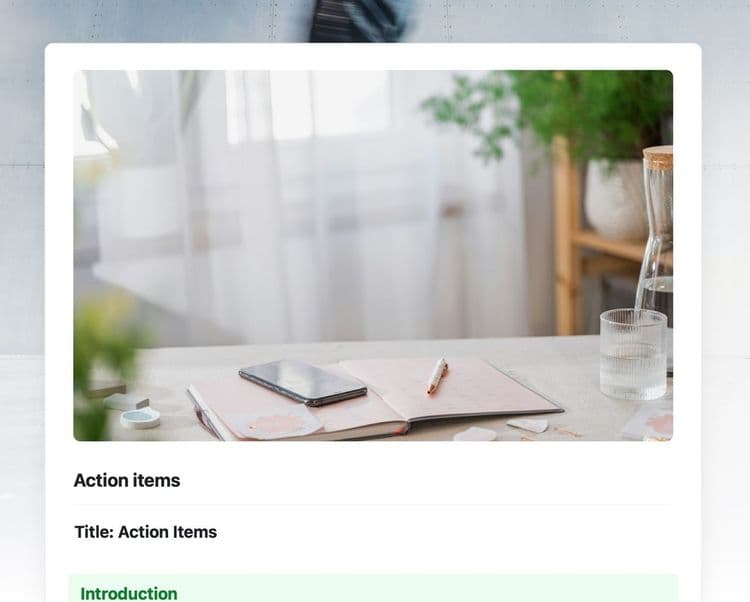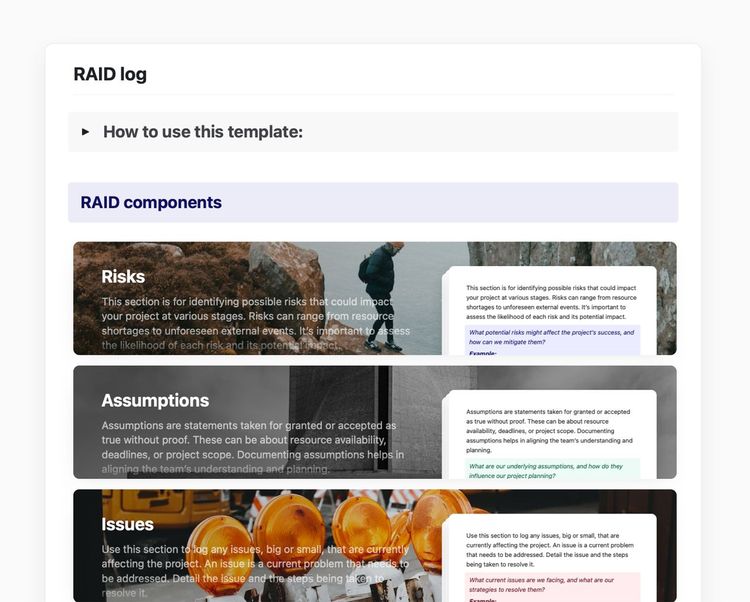What is a retrospective meeting?
A retrospective meeting is a structured gathering for your team to review the past project or work cycle. In this meeting, you discuss what went well and what could be improved, ultimately creating a plan for enhanced performance in the upcoming cycle. Taking notes during this meeting is crucial; it serves as a record to track your team's progress and ensures accountability for action items.
Try our retrospective meeting agenda to streamline your meeting preparations.
Tips for writing good retrospective meeting notes
Writing effective retrospective meeting notes doesn't have to be complicated, but a little guidance can make all the difference. Here are five tips that focus on creating notes for a retrospective meeting:
1. Establish meeting objectives: Clearly state the goals and agenda for the retrospective right at the beginning. This ensures everyone's on the same page and knows what to expect, making the meeting more focused and productive.
2. Incorporate everyone's voice: Make sure every team member gets a chance to speak. Whether it's through round-robin or using an app to collect feedback anonymously, the goal is to hear diverse perspectives. Make a note of these contributions for a well-rounded understanding of the team's experience.
3. Prioritize discussion topics: After gathering everyone's input, prioritize the issues that need immediate attention. This helps to maintain the meeting's focus and ensures that critical concerns aren't left hanging. Don't forget to document these priorities.
4. Use data to back points: Whenever possible, use metrics or evidence to support observations and suggestions. This lends credibility to the discussion and helps in making informed decisions. Note down these data points for future reference.
5. Set clear next steps: As the meeting winds down, consolidate all the information into actionable steps. Assign responsibilities and set deadlines. This gives everyone a clear roadmap and maintains accountability for the coming weeks.
What's in this template?
- Review of previous action items: Track actions identified in the last retrospective and their current status.
- What went well: List and discuss positive events or practices from the last cycle.
- What could be improved: Identify and discuss challenges or blockers.
- Insights & discussions: Provide detailed context and observations about the points raised.
- Proposed action items for the next cycle: List concrete steps to be taken in response to this retrospective’s findings.
Use this template to make your retrospectives more structured and actionable. It’s designed to help your team collaboratively reflect, adapt, and set the stage for meaningful improvements.





